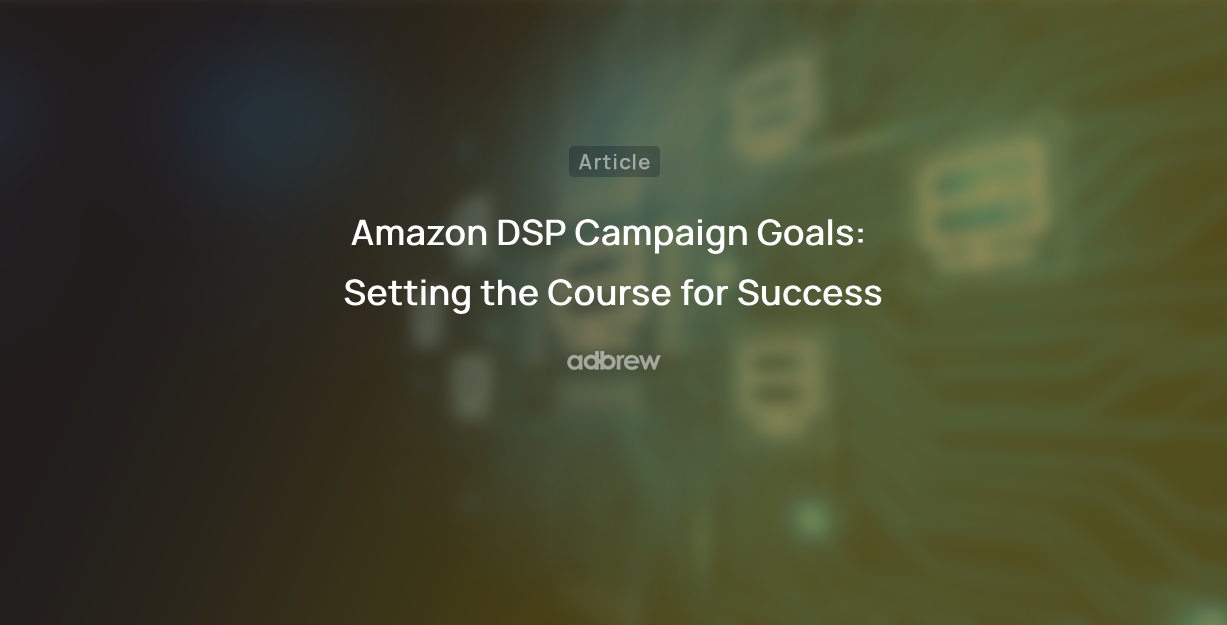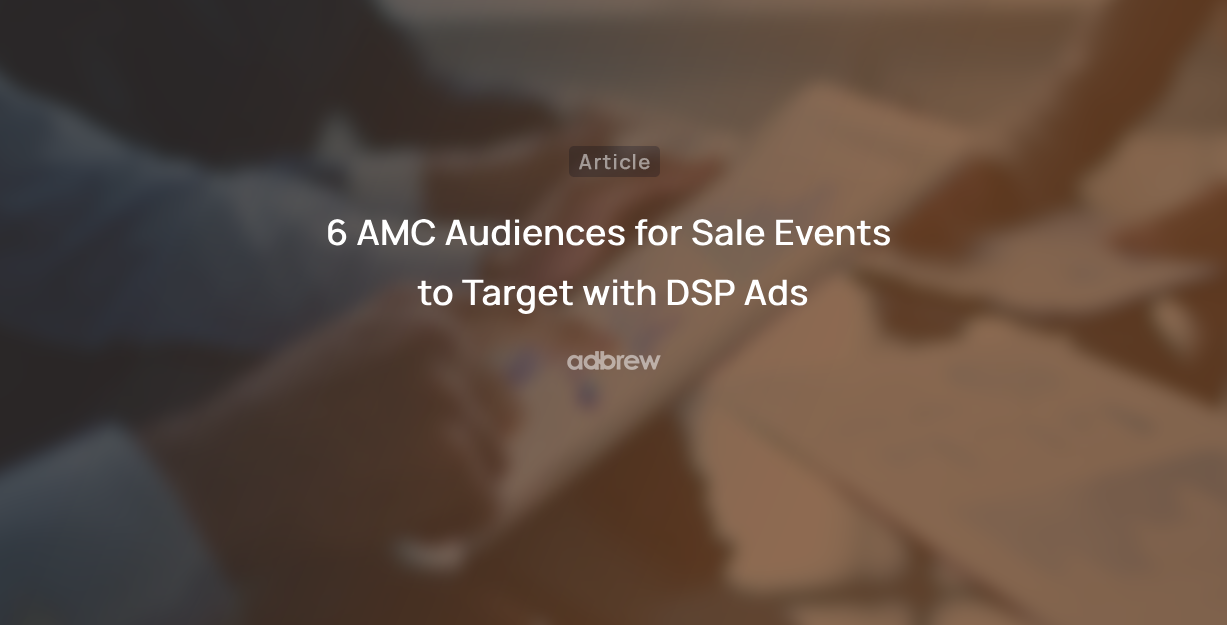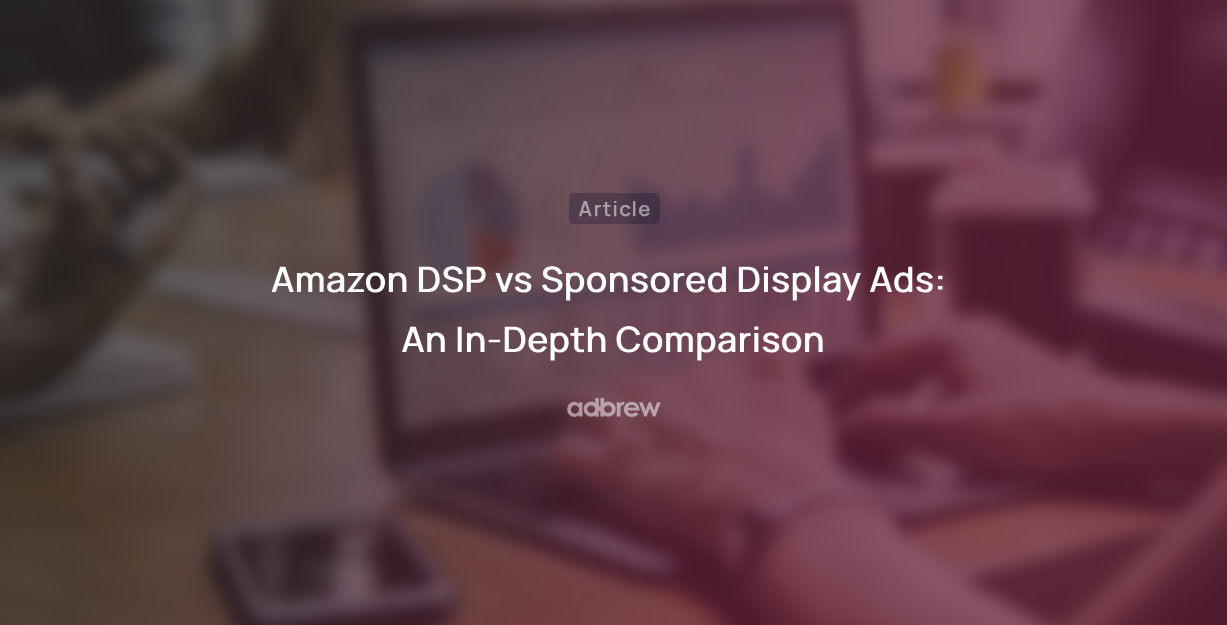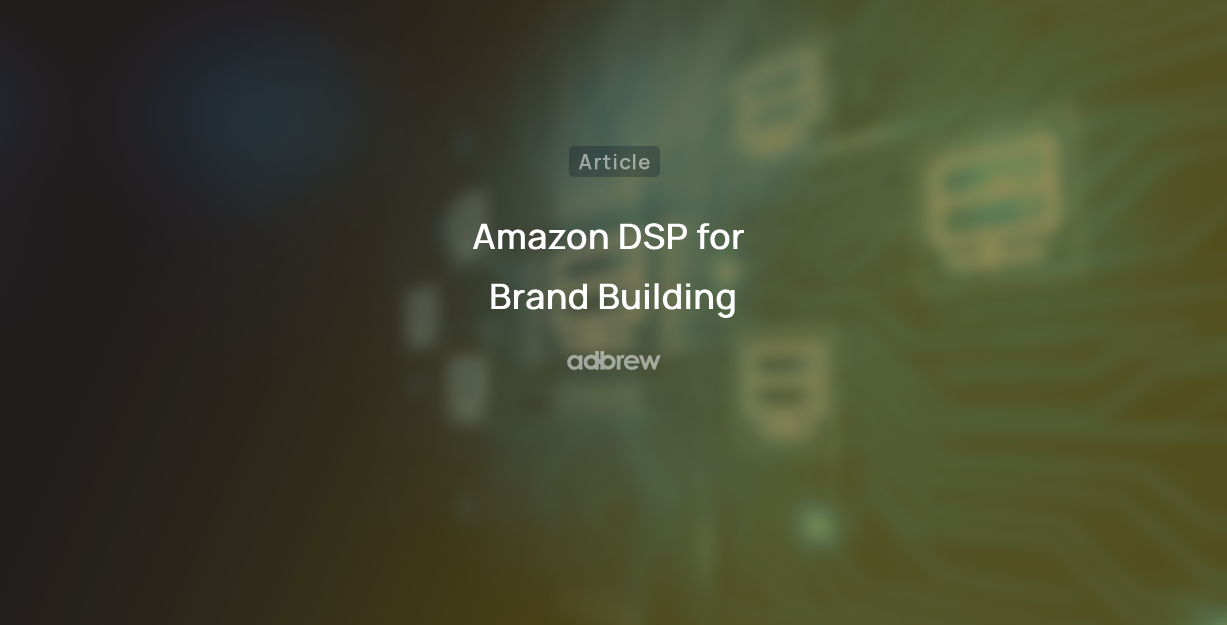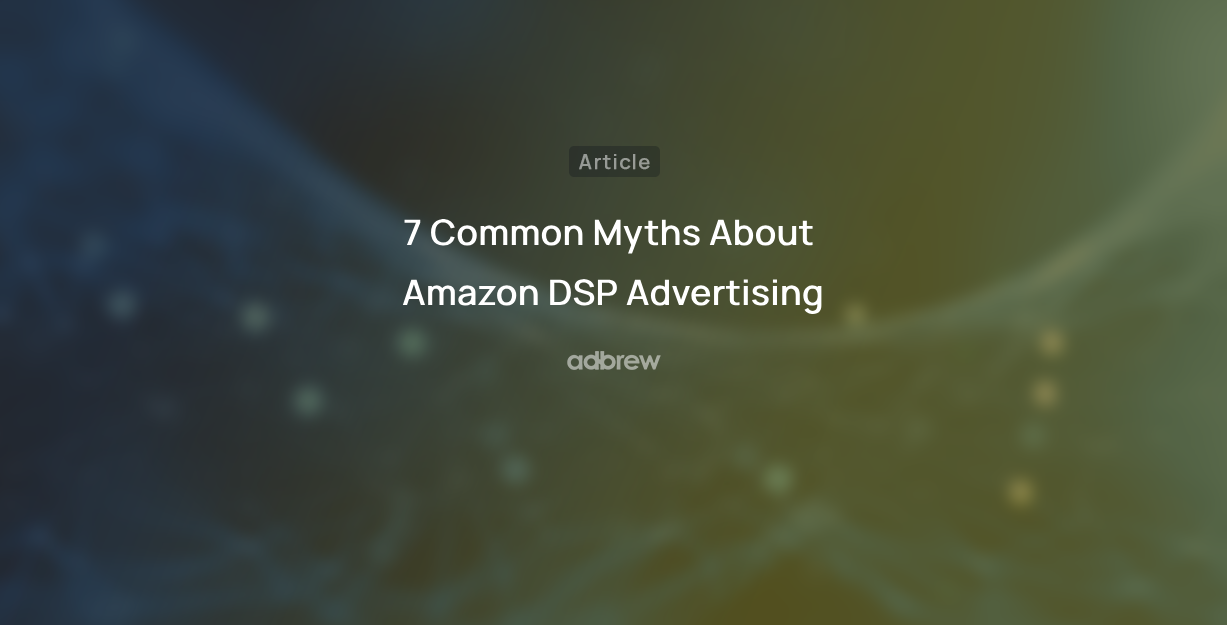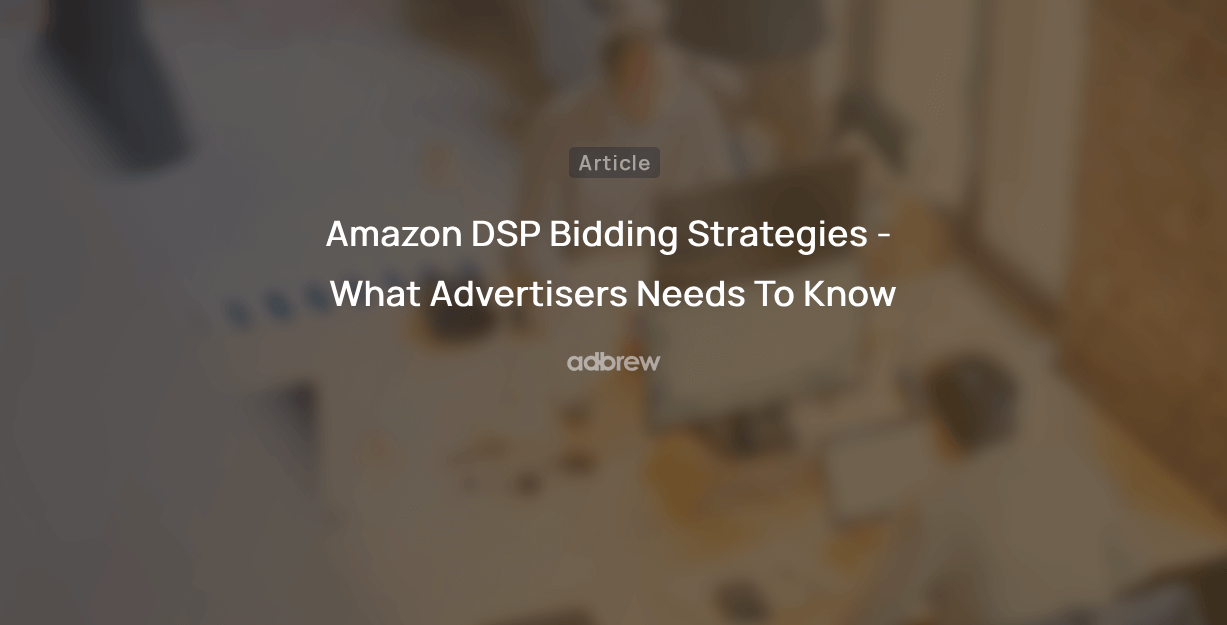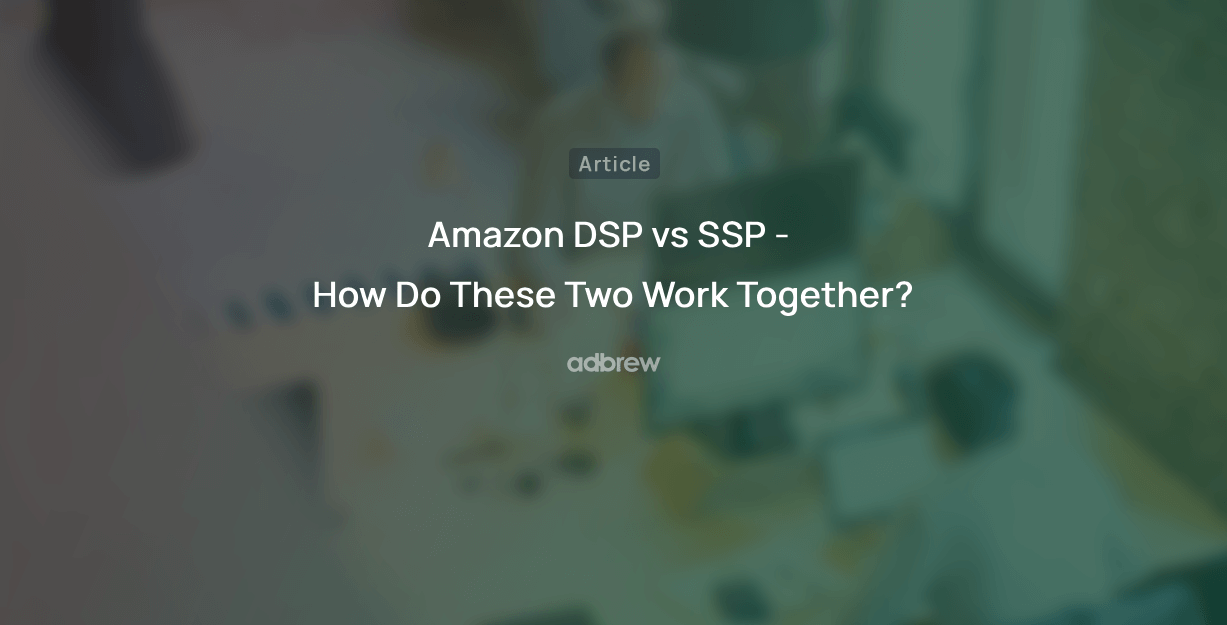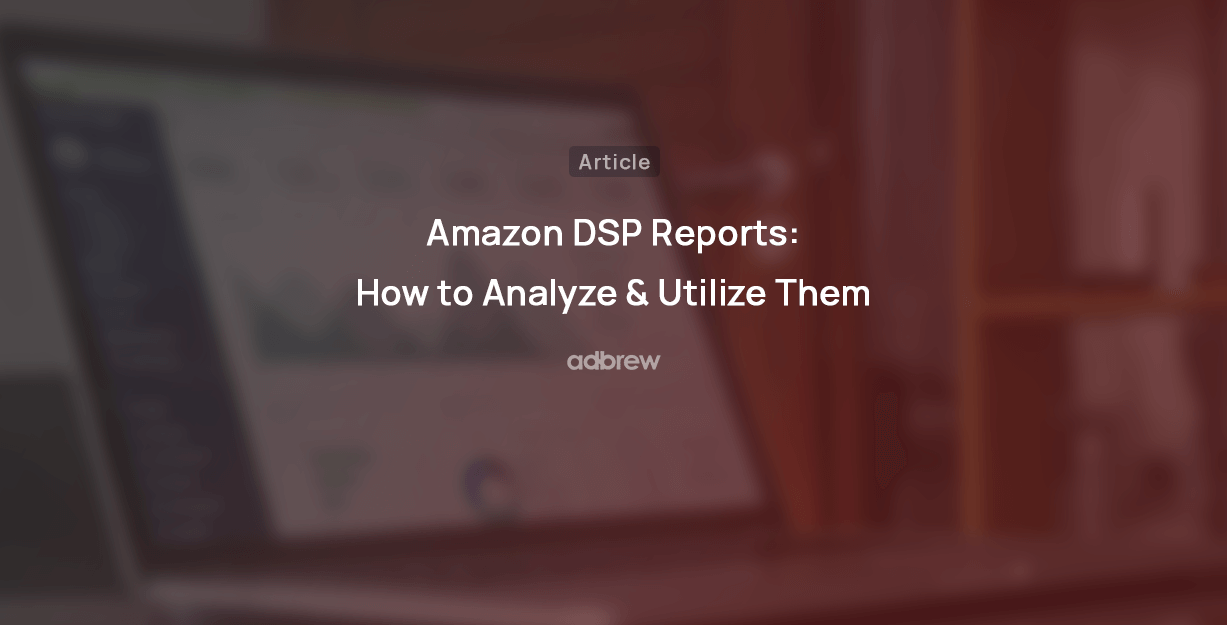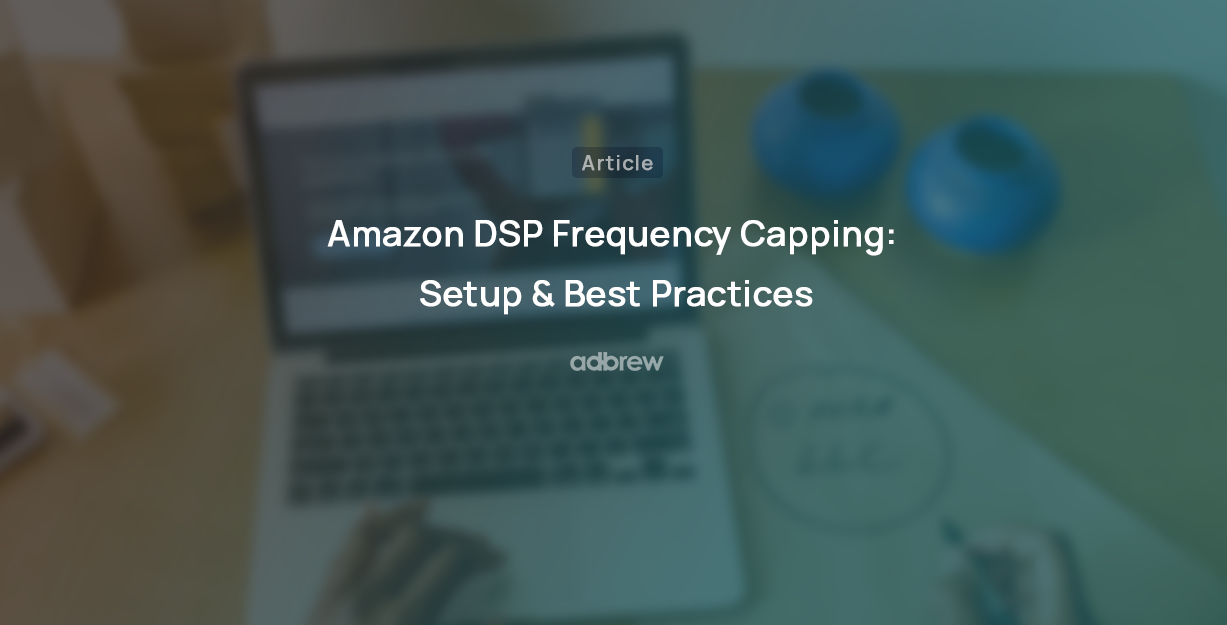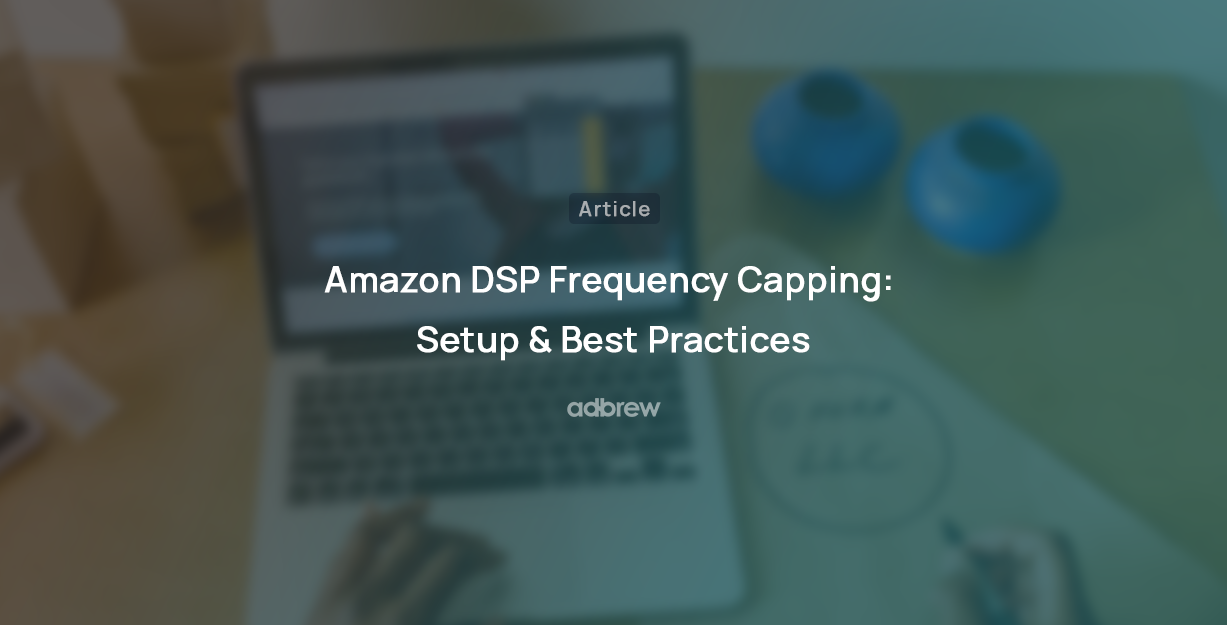
Every advertiser wants their ads to reach a broad audience.
However, showing an ad too many times to one person can be expensive and inefficient.
There is a contrast between maximizing your ad reach and annoying your audience by showing them repetitive ads.
Offering the same ad to a single user repetitively can negatively impact the campaign’s performance, as the user will be more likely to ignore an ad after some time.
This contrast can be handled by using a frequency cap.
In this blog post, we’ll discuss what a frequency cap is, how frequency capping works, Why is frequency capping important, the optimal frequency cap settings, and how to set up a frequency cap in an Amazon DSP campaign.
What is Frequency Capping?
Frequency capping is a strategy that limits how frequently a specific ad is shown to a single user within a defined time frame, a crucial aspect in optimizing DSP’s ad campaigns. This restriction aims to prevent ad fatigue and enhance the user experience, ensuring that the right ads are displayed to the right target audience at the appropriate times.
Different Types of Frequency Capping
Here are the four common types of frequency capping that you’ll come across in digital advertising:
Impression Frequency Capping
Impression frequency refers to the number of times an ad is shown to a user. Setting up an impression frequency cap helps ensure that your ad isn’t shown to a user repeatedly.
View Frequency Capping
View frequency refers to the number of times a user views and interacts with your ad. This provides insights into users’ interest when they repeatedly see the same ad and when that interest declines.
Time Capping
Time capping refers to the number of times an ad is shown within a specific time frame, rather than the number of times it’s shown, irrespective of the period.
DSP Ad Frequency reporting through Amazon Marketing Cloud
DSP Ad Frequency report helps you identify how often you should be showing ads to a particular audience. You can generate this report through the Instructional Query in Amazon Marketing Cloud.
This report provides a breakdown of individuals based on the frequency of exposure to your advertisement, ranging from one exposure to multiple exposures. It details the sales generated by each exposure frequency group, along with key performance indicators such as purchase rate and detail page views.
Here is the instructional query that you can use to find the optimal frequency cap for your brand:
-- Instructional Query: DSP Impression Frequency and Conversions --
/*UPDATE to your campaign id */
WITH campaign_ids (campaign_id) AS (
VALUES
(111111111111)
),
events AS (
SELECT
user_id,
campaign_id,
SUM(impressions) AS impressions,
/*OPTIONAL UPDATE to your own KPIs if needed*/
0 AS purchases,
0 AS units_sold,
0 AS product_sales,
0 AS add_to_cart,
0 AS detail_page_view
FROM
dsp_impressions
WHERE
campaign_id IN (
SELECT
campaign_id
FROM
campaign_ids
)
GROUP BY
1,
2
UNION ALL
SELECT
user_id,
campaign_id,
0 AS impressions,
SUM(purchases) AS purchases,
SUM(units_sold) AS units_sold,
SUM(product_sales) AS product_sales,
SUM(add_to_cart) AS add_to_cart,
SUM(detail_page_view) AS detail_page_view
FROM
amazon_attributed_events_by_traffic_time
WHERE
campaign_id IN (
SELECT
campaign_id
FROM
campaign_ids
)
GROUP BY
1,
2
),
events_by_user AS (
SELECT
user_id,
campaign_id,
IF(
SUM(impressions) > 0,
SUM(impressions),
SUM(purchases)
) AS impressions,
LEAST(
IF(
SUM(impressions) > 0,
/*OPTIONAL UPDATE frequency bucket if necessary*/
SUM(impressions),
SUM(purchases)
),
25
) AS frequency,
SUM(purchases) AS purchases,
SUM(units_sold) AS units_sold,
SUM(product_sales) AS product_sales,
SUM(add_to_cart) AS add_to_cart,
SUM(detail_page_view) AS detail_page_view
FROM
events
GROUP BY
1,
2
),
frequency_by_user AS (
SELECT
campaign_id,
impressions,
CONCAT(
FORMAT('frequency_%02d', frequency),
/*OPTIONAL UPDATE frequency bucket if necessary*/
IF(frequency = 25, '+', '')
) AS frequency_bucket,
purchases,
units_sold,
product_sales,
add_to_cart,
detail_page_view,
user_id
FROM
events_by_user
WHERE
user_id IS NOT NULL
)
SELECT
campaign_id,
frequency_bucket,
SUM(purchases) AS purchases,
SUM(units_sold) AS units_sold,
SUM(product_sales) AS product_sales,
SUM(add_to_cart) AS add_to_cart,
SUM(detail_page_view) AS detail_page_view,
COUNT(user_id) AS users_in_bucket,
SUM(impressions) AS impressions_in_bucket
FROM
frequency_by_user
GROUP BY
1,
2How to Setup a Frequency cap in Amazon DSP?
Amazon allows you to set up a frequency cap at both the ‘order’ and ‘line item’ levels of your DSP campaign. Here is the step-by-step process on how you can set up a frequency cap at both levels.
1. Open Amazon DSP Campaign Manager.
2. Create a new ‘order’ or open the ‘order settings’ of an existing campaign.
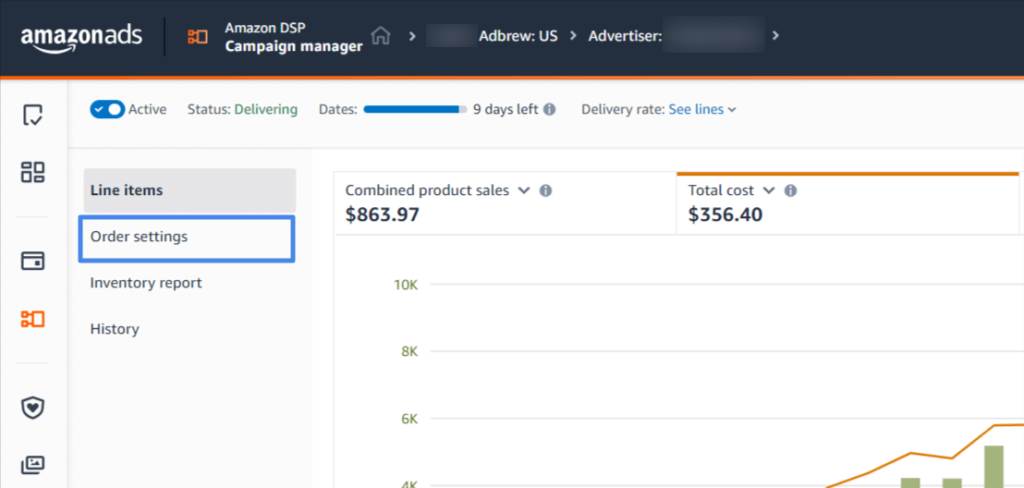
3. Scroll down to the last ‘targeting and optimization section,’ and there you will find the frequency cap settings. Here, you can enter the ‘X’ number of times you want your ads to be shown during the ‘X’ number of hours or days.
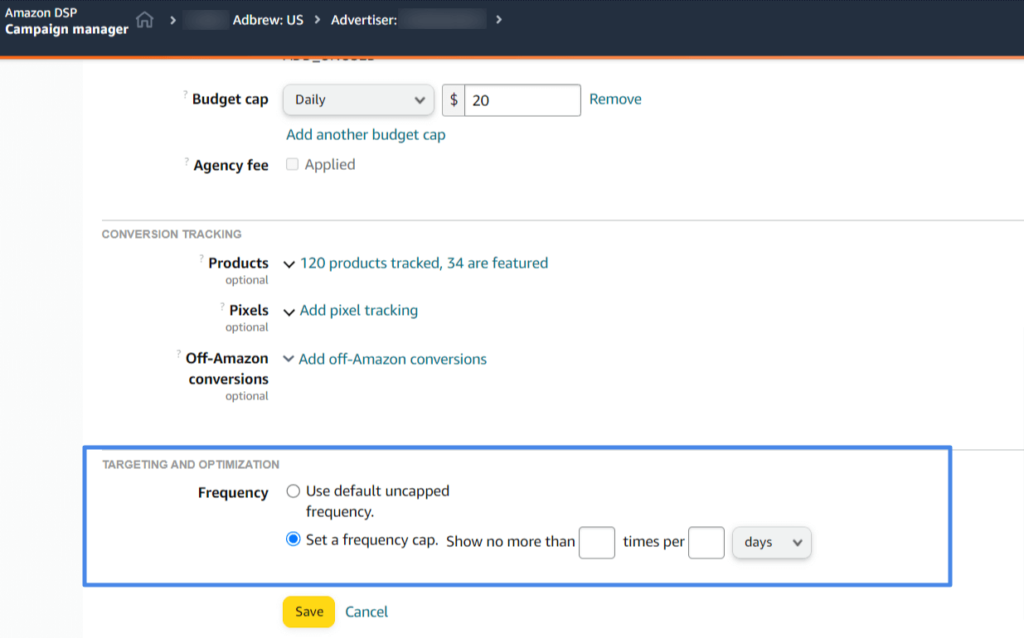
4. Similarly, you can create a new ‘line item’ or open the settings of an existing line and scroll down to the ‘delivery section.’ Once there, you can enter the number of times you want your ad to be shown within a specific time frame.
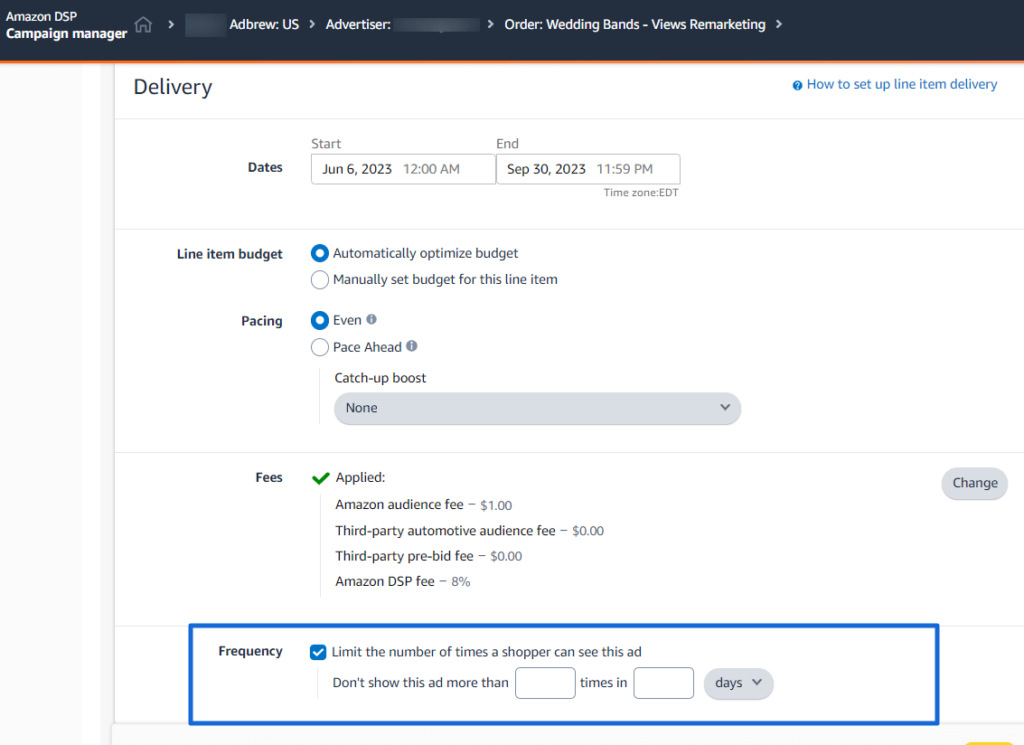
Best practices of frequency capping:
Adjust the frequency caps at different stages in the customer journey.
Using a single frequency cap for various ads might not be beneficial since each type of user would want different information at different stages of their journey. For example, a new-to-brand customer might need to know all about the brand regarding its products first, while a pre-existing customer would not want to know about the products while he wants to know about the trending offers, discounts, etc.
Utilizing different creatives at different times
While we use frequency capping and dayparting to limit ad impressions, employing different creatives at various times and frequencies will keep the ad interesting for a longer duration for most users.
Ready to get started with Adbrew?
Use Adbrew's AMC dashboard to view new-to-brand metrics for all your sponsored and DSP campaigns with ease.
More helpful resources around Amazon DSP:
Final Thought on Amazon DSP Frequency Capping
In conclusion, having a frequency cap on Amazon DSP is essential for optimizing campaign performance while maintaining a positive customer experience. Campaign goals, target audience, and ad format should guide your frequency cap decisions.
Recent Posts
Amazon DSP Ads Optimization Software

Related Blogs
With the advent of Amazon Marketing Cloud (AMC), optimizing ad campaigns has become more versatile than ever. One notable feature […]
Amazon DSP, a Demand-Side Platform, allows advertisers to target audiences accurately using Amazon’s extensive shopper data. But before starting a […]
Amazon’s Demand-Side Platform (DSP) has become a game-changer for advertisers seeking to reach a massive audience of engaged shoppers. However, […]
Having spent considerable time working with Amazon DSP ads, we’ve observed a common challenge: achieving and measuring optimal results from […]
Are you a non-Amazon seller looking to tap into the power of Amazon’s advertising network? Amazon DSP, their Demand-Side Platform, […]
Sale events are all about reaching the right customers at the right time. But with so many promotions bombarding shoppers, […]
Amazon offers two different display advertising options for sellers: Sponsored Display ads and Amazon DSP ads. Selecting the right one […]
In today’s digital world, building a strong online brand is crucial for businesses of all sizes. While Amazon advertising solutions […]
Amazon Demand Side Platform unlocks programmatic advertising across many channels in the vast Amazon ecosystem and beyond, but often gets […]
Feeling trapped in the challenges of Amazon Sponsored Ads? Limited to engaging only with customers actively searching for your brand […]
If you are selling on Amazon, having a well-crafted remarketing strategy in place becomes crucial. Imagine re-engaging with potential customers […]
In digital advertising, Amazon DSP has emerged as a powerful tool for businesses to connect with their target audience and […]
Unlike Sponsored Ads, Amazon DSP offers the flexibility to run campaigns that guide users to either Amazon or non-Amazon destinations. […]
Whether you’re an advertiser seeking to connect with engaged shoppers worldwide or a publisher looking to monetize your ad inventory […]
Are you just starting with Amazon DSP (demand side platform) and feeling a bit lost in how to create Amazon DSP campaigns? We […]
Are you an e-commerce business owner looking for new and interesting methods to reach out to potential customers? Look no […]
We all utilize many different DSP ad types and targeting options available to advertisers in Amazon DSP. But how do […]
Amazon DSP (demand side platform) provides a multitude of targeting options, ranging from customer demographics, and behavioral targeting to contextual […]
Every advertiser wants their ads to reach a broad audience. However, showing an ad too many times to one person […]
With more and more shoppers turning to Amazon for online shopping, it is obvious why brands don’t want to limit […]


